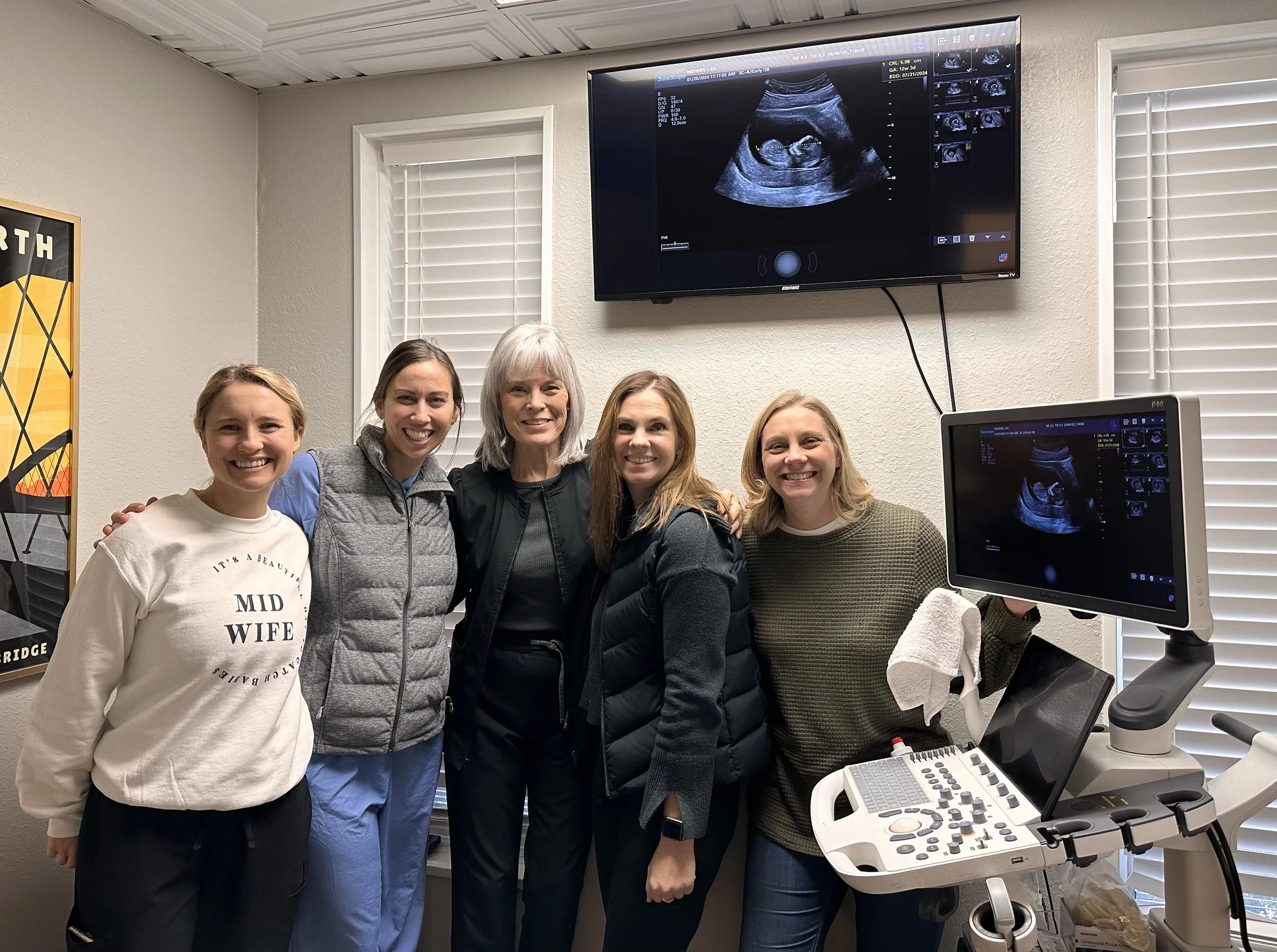
Hands-On POCUS Ultrasound for Women’s Health Providers
IS IT TIME TO GET THE HANDS-ON ULTRASOUND SCANNING EDUCATION YOU HAVE BEEN WANTING?
Ultrasound for Women’s Health Providers has an online lecture course for didactic learning as well as hands-on ultrasound scanning education.
These courses are for the women’s health providers who:
does very limited scans (find the head, look for the heartbeat) but wants to learn to do more.
has learned to scan “on the job” but wants to have more formal education.
wants to take the Midwife Sonography Examination, but does not feel prepared.
wants to be able to bill for performing and interpreting scans
wants to expand their scope of practice to include ultrasound.
wants either lecture or hands-on experience or both.
This two-day hands-on scanning course is priced at $2,500 per participant and offers 26.0 ACNM credits and 25.5 AANP CE credits.
In-Person Hands-On Scanning, How Does It Work?
We Come To YOU!
The hands-on ultrasound course for women's health providers consists of two main components. First, participants will complete an online course lasting 8 to 10 hours, which provides essential background information necessary for effective hands-on scanning. This online course must be finished prior to the hands-on portion of the training. The second component is the hands-on scanning course. This two-day hands-on scanning course is priced at $2,500 per participant and offers 26.0 ACNM credits and 25.5 AANP CE credits.
You must have a minimum of 4 providers in order for us to travel to you.
Each day will run from 8:00 AM to 5:00 PM, with a one-hour lunch break from 12:00 PM to 1:00 PM. We will pay for the lunch if you can arrange for it to be brought in. The instructor will pay by credit card. It works well if a menu could be available before we start in the morning. We will use the ultrasound equipment you will be using in the office or L&D. That is one of the advantages of doing the course in your own environment; you get to learn the specifics of your own machine. The machine needs to have a transducer (probe) for abdominal scanning as well as a transvaginal transducer. Please let me know what type of machine you have. In addition to the machine, you will need to have an ample supply of ultrasound gel, towels to wipe the gel off of bellies, and drapes for the transvaginal scans. If the patient or her support person wants pictures, they are welcome to use their phone camera to take photos.
It is the responsibility of the hosting facility to schedule 12 patient models for each day of the course, and a designated waiting area for these patients is necessary. Additionally, the instructor will provide consent forms for all patient models to sign on the day of the event. Regarding payment, a completed registration form is required to receive an invoice, and fees must be paid six weeks prior to the course start date. Please note that course fees are non-refundable.



